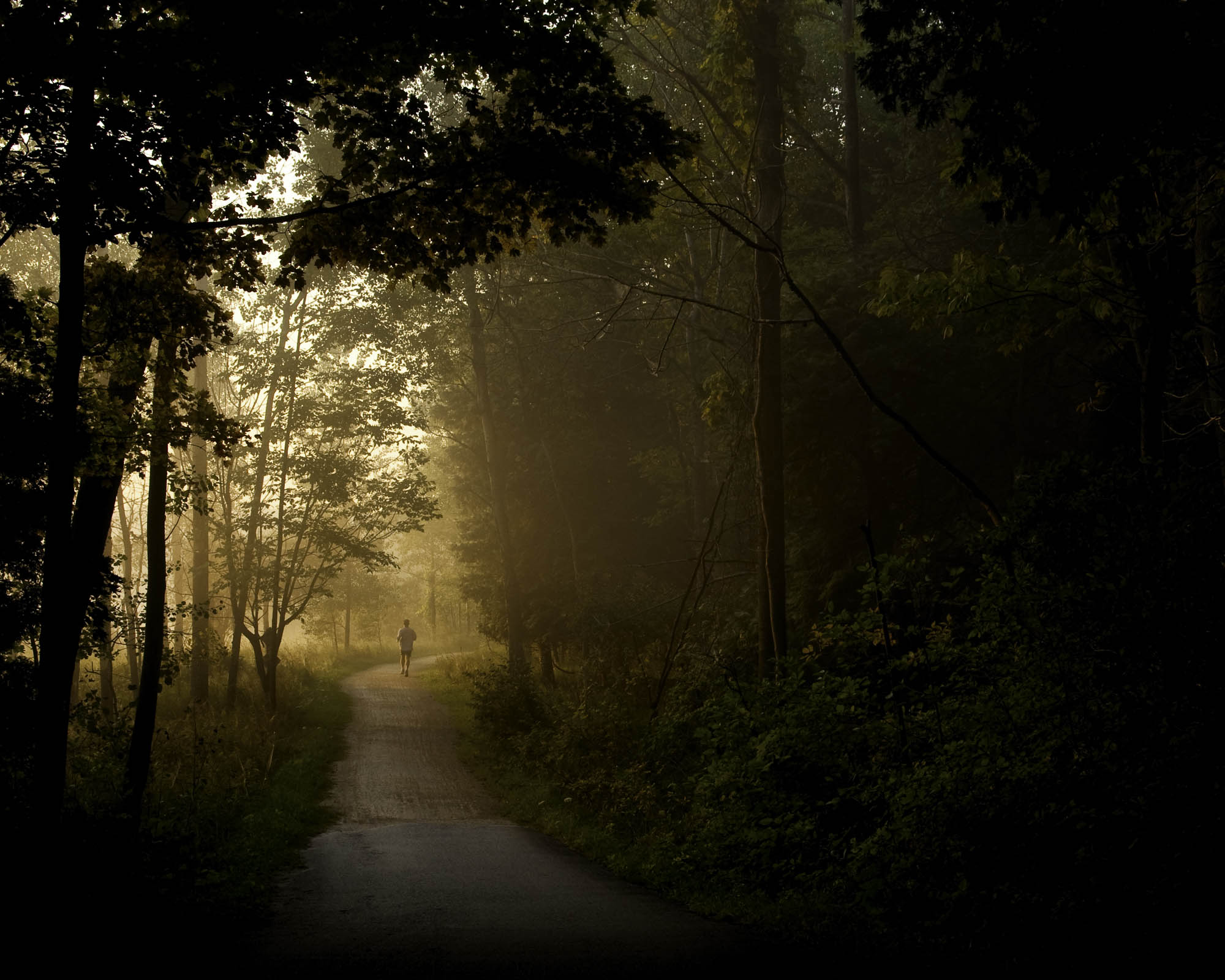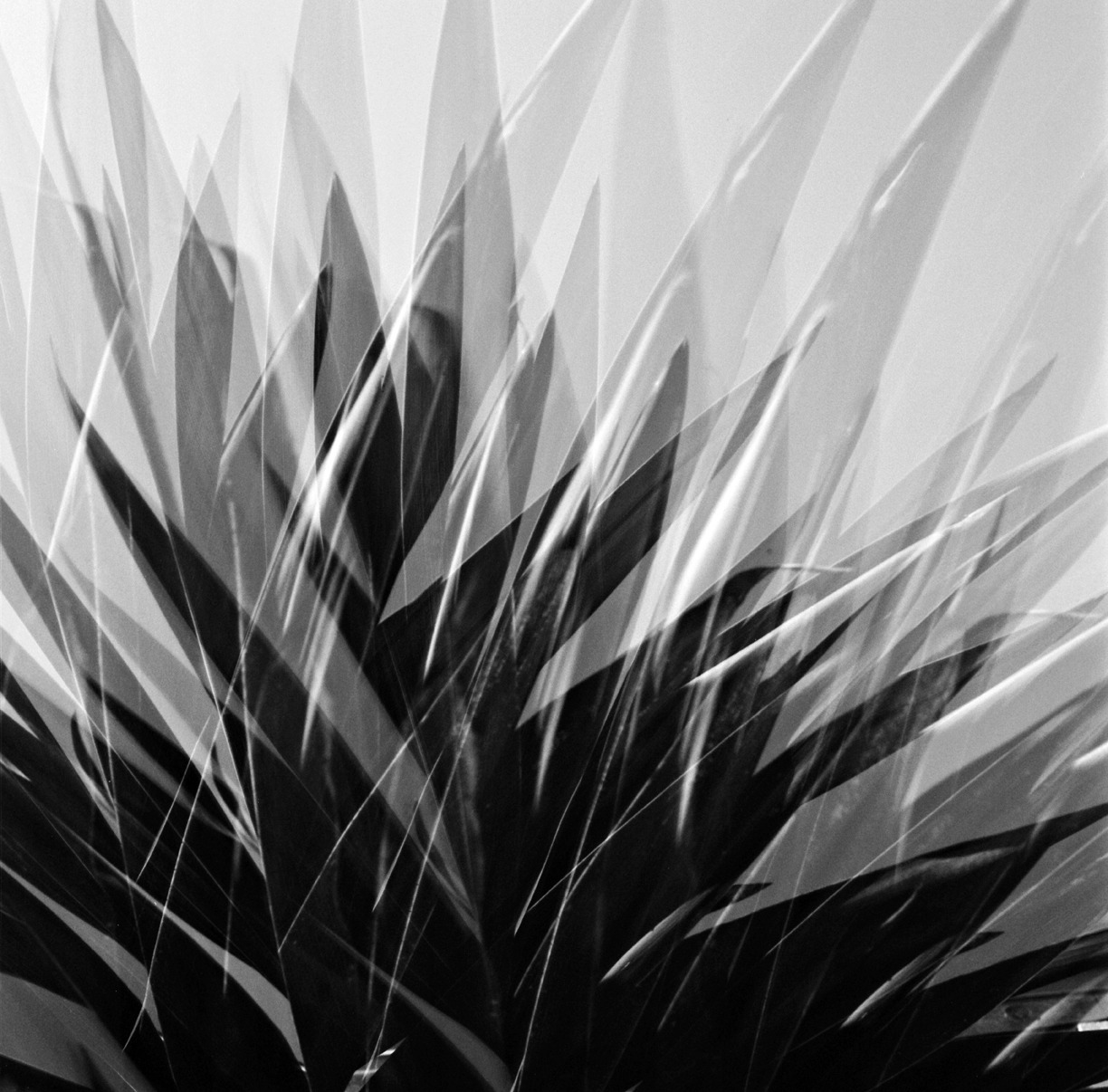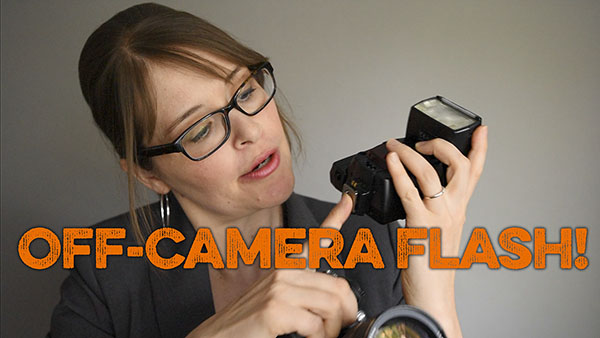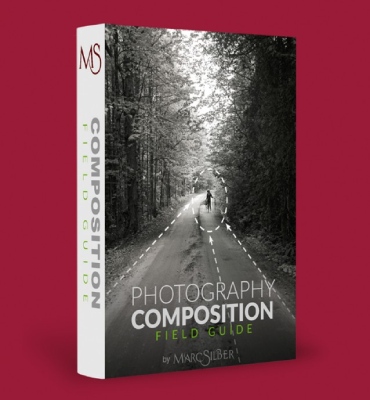Every wonder how photographers get great shots under harsh settings? The answer may lie in something called neutral density filters. Learn in this week’s episode about how to use one of these to achieve better images and the difference between using one and not using one.
Share This Story, Choose Your Platform!
7 Comments
Leave A Comment
You must be logged in to post a comment.






What happened to all the interviews?
Complete mess of a video, misleading & at the same time saying nothing.
If you have a 3 stop ND filter fitted with correct exposure set of course it is going to look over exposed and bright if you remove the filter. Now increase the shutter speed by 3 stops and it will look exactly the same as when the ND filter was fitted. I’m not sure what is being explained here. I agree that a polarizer can reduce highlights in certain situations but that is not the same.
This was a very bad video. You can also reduce the amount of light by stopping down or reducing the shutter speed – why was this not mentioned? The real reasons why to use a ND filter (long exposures, or have a fully open f-stop in broad daylight) were not mentioned. I’m no longer sure this channel is something I should subscribe to.
Is there a difference between using NDF’s and changing exposure. Obviously changing your exposure settings affects depth of field, shutter speed, etc., but it almost sounds like you’re saying NDF’s affect highlights more than other other areas. Is this true?
This video doesn’t explain anything. For people who know about ND’s and polarizers its usles and for others examples might be misleading.
Wonder how #photographers get great shots under harsh settings? The answer may be something called NDF. #AYP